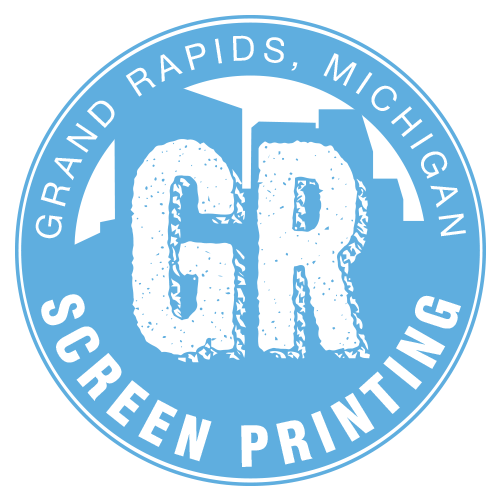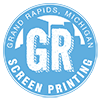Look for companies that have in-house art departments
This is more essential than you might think! The fact is that companies that invest time, money and equipment in in-house art departments are more proficient and dedicated to the trade. These are the companies that design and fine tune the artwork, produce film positives and create the screen or stencil on site. This ensures that they are educated with the production process from start to finish.
Artists that work in house, as opposed to “hire per job” artists, are committed to the highest quality artwork. If artwork needs to be edited while going into production, an in-house art department can make this edit immediately rather than waiting for the “hire per job” outsourced artist.
Make sure that the company is easy to get in touch with and is willing to work with you one on one.
Just as it is hard to read inflections through email, such as mistaking sarcasm with brute truth, artwork and concepts can get a little jumbled from the customer to the printer. If an open line of communication is NOT present, don’t expect your final product to turn out the way you pictured it in your own head. Make sure you are on the same page with your printer. It is good if they have at least two methods of contact. It is a bonus if they have three.
Keep an eye out for hidden fees.
In the screen printing industry, it is traditional to pay a fee for multiple services including matching of pantone colors, one-time artwork and screen setup charges. It is, however, important to know whether the company includes these charges into the per shirt cost, or if it is an additional fee.
Look for companies that specialize in all varieties of printing methods
It is important to see that a company has the capabilities of very specific styles such as foil printing, waterbased printing, all over printing, half-tones printing, puff printing, pantone color matching, PMS printing, discharge, etc. Not only does this give you a wider spectrum of the services you may receive, this shows that the company is well versed in its overall knowledge of the printing process. If a company has more versatility and a broader knowledge of the overall production, you are sure to be in good hands. A company that offers these services are more likely to have dealt with national bands and clothing lines. If they offer these methods and are still offering them, that means they have likely been successful in providing the customer with a quality product.
Typically, avoid companies that don’t have the capability of printing more than a 6 color design.
The majority of screen printing companies are one man operations and run their business out of their basements and garages. These small operations typically have a printer capable of 4 or 6 colors and are manual presses. Standard low-cost manual presses commonly have very poor registration (or line up of multiple colors). The first few multiple colors shirts (yes, even 2 color shirts) may be fine but as the print run pursues, the color alignment gets less and less precise resulting in overlapping of colors and inferior prints.
Working out of a basement or a garage severely limits the additional room needed for quality control, which most buyers can’t afford to sacrifice.
Be sure the company will provide a sample prior to printing.
Just because you send quality artwork to a printer doesn’t mean that it’s going to appear on the garment just the way you envisioned it. It is important to first receive a mock up of the design on the shirt for your approval. At the time of production, it is important that the printer provides one final sample that is either a close up picture of the final product or a physical sample that the customer can view and hold. This will ensure that you know precisely what you will receive.
Look for companies that provide ACTUAL pictures of shirts they have printed on their website.
It is important that the site provides a section dedicated to showing off some of their own unique talent. This is where the company gets to brag a bit and show you how they stand out from the competition.
Be sure you find a company that prides themselves on quality control.
The last thing you want is to order 10 shirts or 10,000 shirts – only to find out that you hastily chose a printer with poor quality standards. There are a lot of things that can happen to a shirt while in production. The screen could be misaligned on the press just slightly. Since every shirt is aligned in a specific way, if the screen is off once, expect EVERY shirt to be “crooked”. If a printer isn’t paying close attention to its dryer, you are likely to get scorched and burned shirts. Unfortunately, this often goes unnoticed until you wash the shirt. If the scorch is slight and on a darker color shirt, you may not even see it. However, when the brittle fabric goes through the wash, you will have fallout of the shirt where it was scorched. As with any business, the goal is to get the job done as quickly as possible. However, it is important that you don’t sacrifice quality in doing so. At the beginning of a production, everything should be perfect as far as print quality. Very often screens tend to SLOWLY breakdown throughout the printing process creating a “Pin Hole” in the screen. A lazy, hasty or untrained eye doesn’t notice this gradual regression since it happens slowly over the course of the print run.
You would want to make sure your printer has an astute eye for catching this immediately as it happens and makes sure that you don’t receive an inferior product.


